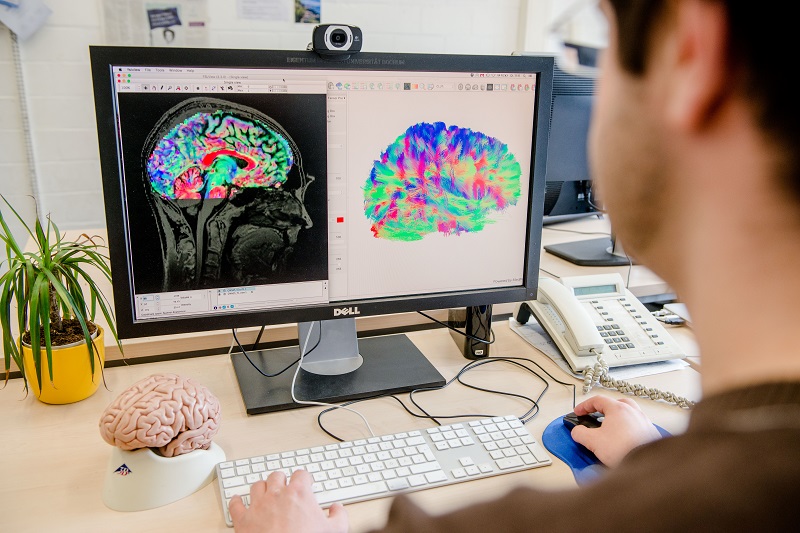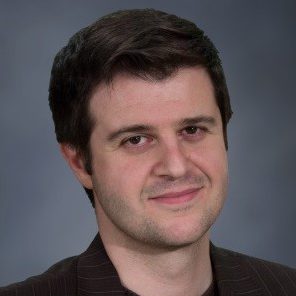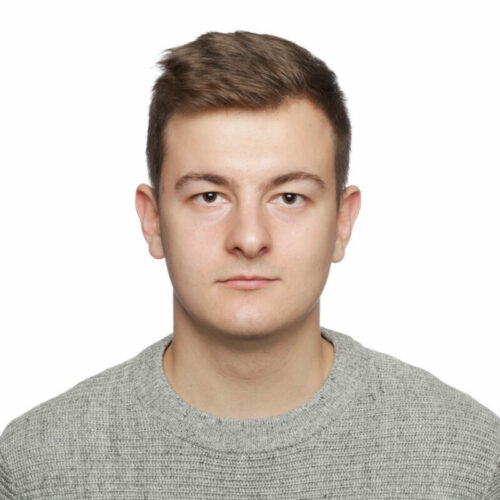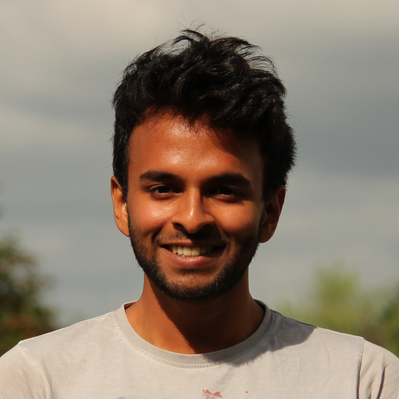
A03 – Functional role and dynamic change of extinction network connectivity
Erhan Genç, Nikolai Axmacher
Using advanced imaging methods in humans we will test how dynamic interactions between core regions of the extinction network shape learning. Here, we investigate how progress in fear extinction alters functional fMRI connectivity within the network. Simultaneous EEG/fMRI recordings will reveal the electrophysiological origins of these connectivity changes. Also, interindividual differences in learning outcome will be related to variations of pre-learning structural network connectivity. Finally, high-resolution fMRI recordings at 7T will uncover for the first time the importance of fine-grained functional and structural network interactions between distinct amygdala nuclei and other regions of the network on extinction learning.
Guiding questions of A03:
- How does rsfMRI and task-related connectivity of the extinction network change during and after learning?
- What is the electrophysiological basis of extinction network interactions in humans?
- Can inter-individual learning differences be predicted by pre-learning connectivity patterns?
- How do specific amygdala nuclei interact with the remaining extinction network during learning?






